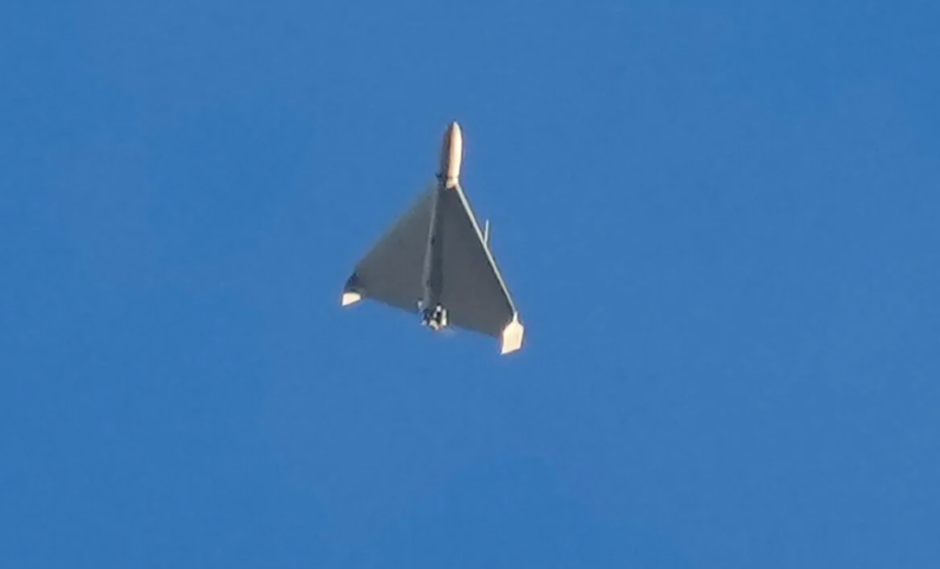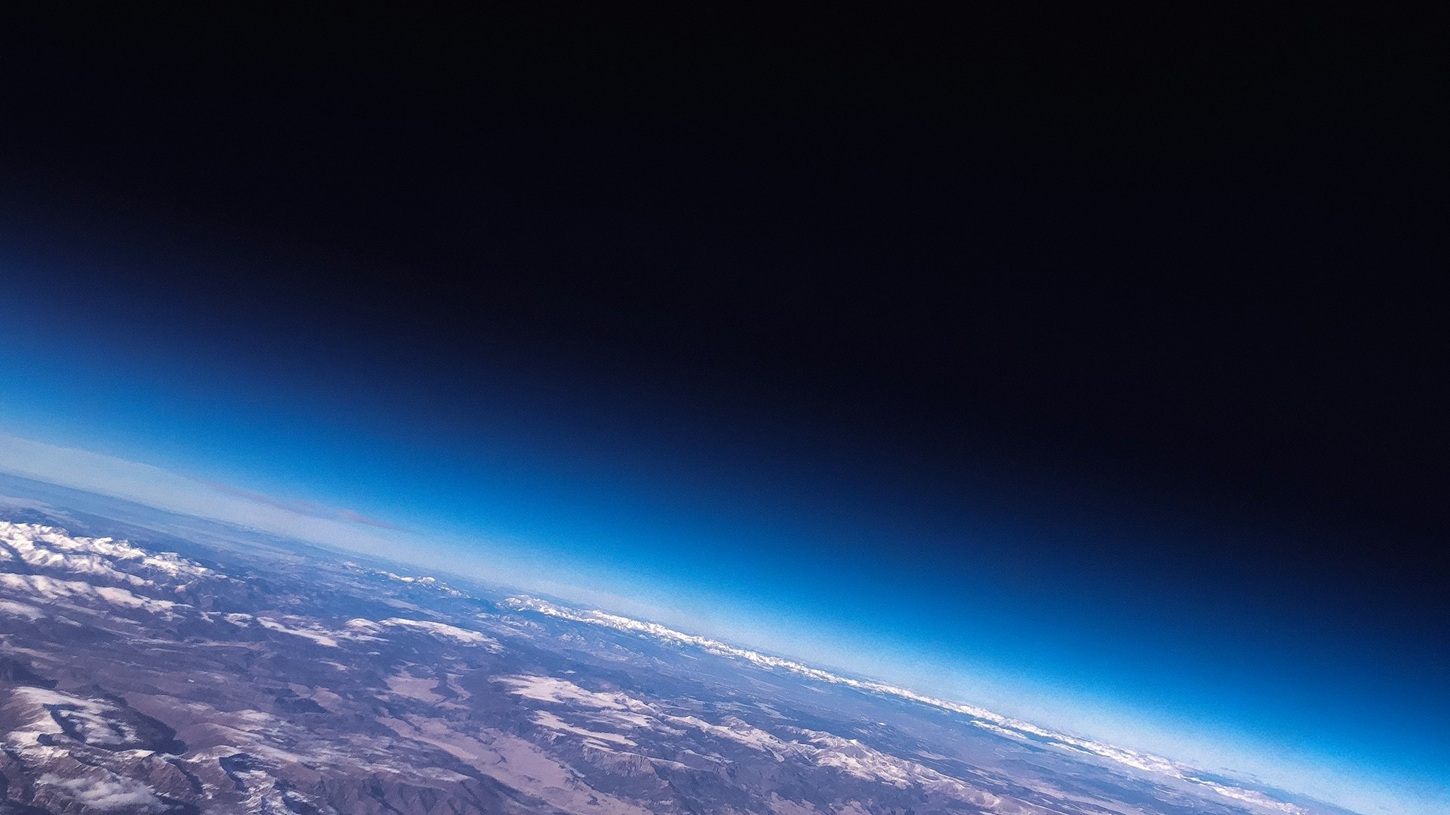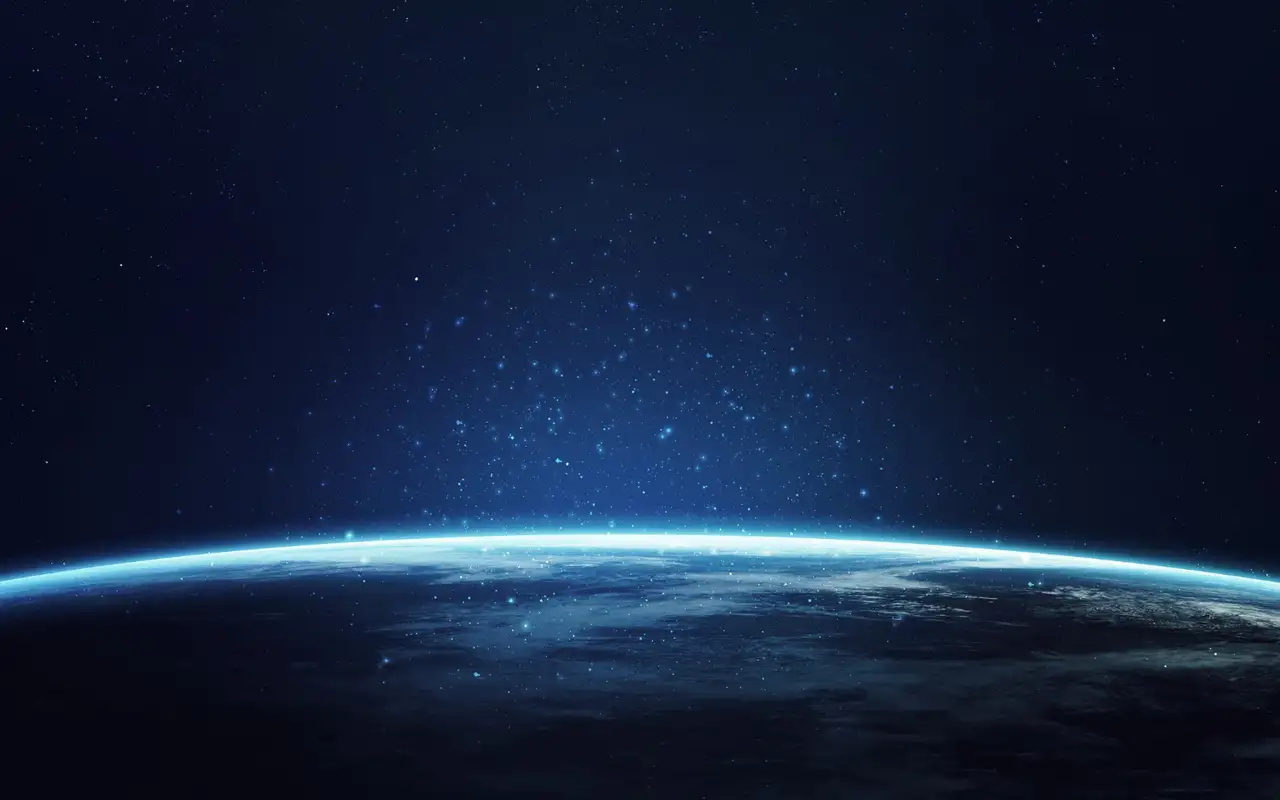It's NASA With the James Webb Space Telescope The JWST observations showed water vapor and chemical signatures of methane and carbon dioxide in the atmosphere of the exoplanet, which is twice the radius of Earth and about 70 light-years away. This chemical combination is consistent with a watery world where the ocean would cover the entire surface and a hydrogen-rich atmosphere, although it is not an attractive, temperate seascape, according to researchers at the University of Cambridge. – Announce Watchman.
“Ocean temperatures may exceed 100 degrees Celsius or higher.” – said Professor Niko Madhusudan, Head of the Analysis Department. At high atmospheric pressure, this hot ocean may still be liquid, “But it is not clear whether it is habitable.” he added. – “The ocean on the day side will be very hot. On the night side, on the other hand, it could host habitable conditions. But there will be an oppressive atmosphere, ten or hundreds of times the pressure at the Earth’s surface, and steam will flow.” The water depth will likely reach “Tens to hundreds of kilometers away, the sea floor has high-pressure ice and a rocky core underneath.”
the Astronomy and Astrophysics Letters A study published in the journal Science supports this interpretation, but a Canadian research team has made more observations of the same exoplanet, known as TOI-270 d, which is in dispute. They detected the same chemicals found in the atmosphere, but said the planet would be too hot for liquid water — perhaps 4,000 degrees Celsius — and would instead have a rocky surface covered in an incredibly dense atmosphere of hydrogen and water vapor.
Whatever the prevailing view, these latest observations illustrate the fascinating insights that James Webb provides about the nature of planets outside our solar system. The telescope captures starlight filtering through the atmospheres of orbiting planets to provide a detailed analysis of the chemical elements present. From this, astronomers can build a picture of the conditions on the planet's surface – and the likelihood of life surviving there.
Main image source:
Freebeek (disambiguation)












































